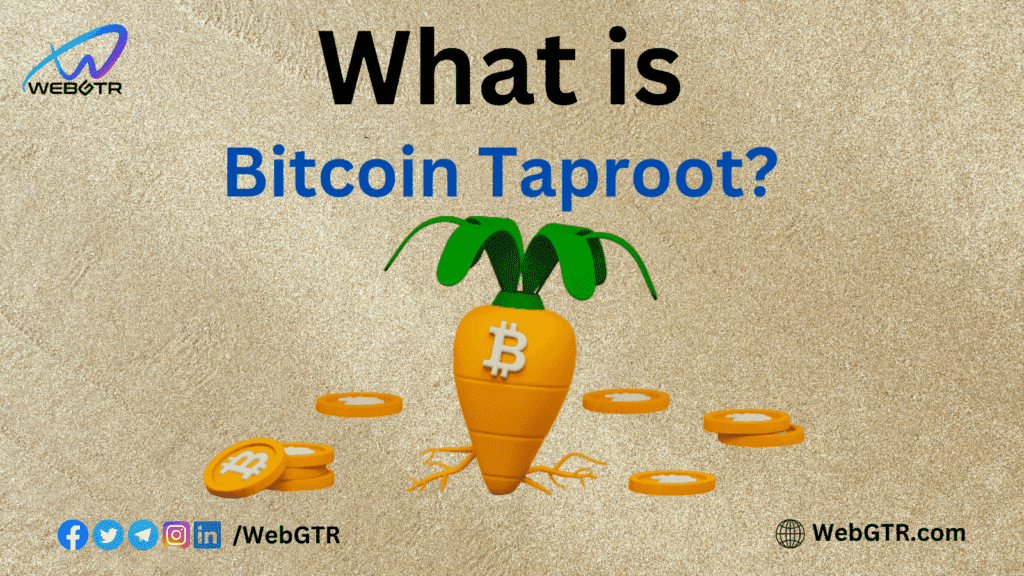
What is Bitcoin Taproot?
The Taproot upgrade, encompassing BIPs 340, 341, and 342, introduces three key enhancements to the Bitcoin protocol: Schnorr Signatures, Taproot, and Tapscript. Collectively known as BIP Taproot, these upgrades bring forth improved efficiency, flexibility, and privacy for Bitcoin transactions. Let’s delve into these Bitcoin upgrades in detail.
Schnorr Signatures
Claus Schnorr, a German mathematician and cryptographer, introduced Schnorr Signatures, which efficiently generate simple and concise signatures. Represented by BIP 340, Claus had a patent for his signature, which expired in 2008. Satoshi adopted the Elliptic Curve Digital Signature Algorithm (ECDSA) due to its wide usage, security, understanding, compactness, and open-source nature.
Schnorr signatures have the ability to incorporate multiple keys within a complex Bitcoin transaction, resulting in a single unique signature. This process, known as signature aggregation, allows multiple parties involved in the transaction to be combined into a single Schnorr signature.
Taproot
BIP 341 specifies the integration of Schnorr signatures into Bitcoin’s protocol. Taproot, introduced as a soft fork, enhances Bitcoin’s scripts to improve privacy and simplify complex transactions. Through the Taproot upgrade, all aspects of Bitcoin transactions, including timelock releases, multi-signature requirements, and more, can be concealed, making them appear as a single transaction.
Moreover, Taproot allows for the obfuscation of Bitcoin script execution. For example, when a transaction is enabled using Taproot, its addition to a Lightning Network channel, a peer-to-peer transaction, or a sophisticated smart contract becomes indistinguishable.
Observers will perceive these transactions as ordinary peer-to-peer transactions. It’s important to note that the exposure of wallets for the initial sender and final recipient remains unaffected by Taproot.
Need more information about WebGTR:


Leave a Reply